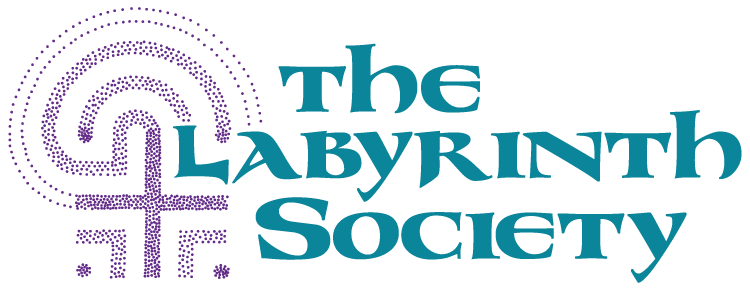When a new field of research begins to emerge, it is important that a set of basic assumptions be presented to provide a base for and to guide the development of the new area of inquiry.
The basic assumptions outlined here were developed and are presented to serve as springboard for thought and discussion.
These basic assumptions relate to
- authenticity of the research to the labyrinth and labyrinth experiences,
- intrusiveness of research on subjects’ labyrinth experiences, and
- interpretation of research results, particularly with regard to predictability and generalizability.
Without a doubt these basic assumptions will be modified and refined several times as the discussions and the research continue in this emerging field.
A Framework for Labyrinth Research
The Framework for Labyrinth Research provided below was developed to provide a structure to serve as:
- a guide as the different types of labyrinth research that have already been done are identified and categorized
- an aid as types of labyrinth research that are needed are identified and appropriate research designs and methodologies are developed
- a catalyst for identifying types of labyrinth research that could be done.
The framework represents categories of research studies, and does not imply a hierarchy or a priority of research studies. Research designs and research methodologies will vary among the different categories of the framework.
Additionally, it should be noted that the framework is equally applicable for studies that investigate the effects/shifts resulting from examining single labyrinth events as well as longitudinal studies reporting labyrinth-related effects/shifts occurring over periods of time and over a number of labyrinth events.






